Quinquatria was an extraordinary five-day festival that captivated the heart of ancient Rome. Held in March, it was a time to honor Minerva, the revered goddess of wisdom, arts, and war. This celebration was a vibrant blend of intellectual and military pursuits, reflecting the dual nature of Roman society.
Minerva, with her multifaceted attributes, was the perfect embodiment of both the creative and martial spirits. Artisans sought her blessing to enhance their crafts, while soldiers revered her as a guiding force in battle. Quinquatria, thus, served as a crucial cultural event, bridging the gap between the artistic and the militant.
In Roman society, this festival underscored the importance of balancing intellectual accomplishments with military prowess. It was a testament to their values, celebrating both the mind and might of the Roman people.
Historical Origins of Quinquatria
Etymology of ‘Quinquatria’
The term ‘Quinquatria’ is derived from the Latin word for ‘fifth’, reflecting its celebration on the fifth day after the Ides of March. According to Varro, Gellius, and Festus, this naming convention aligns with other Roman festivals like ‘Sexatrus’ and ‘Septimatrus’. Initially, Quinquatria was a one-day event, but as Ovid narrates, it extended to span five days, starting with a bloodless festival and followed by gladiatorial contests.
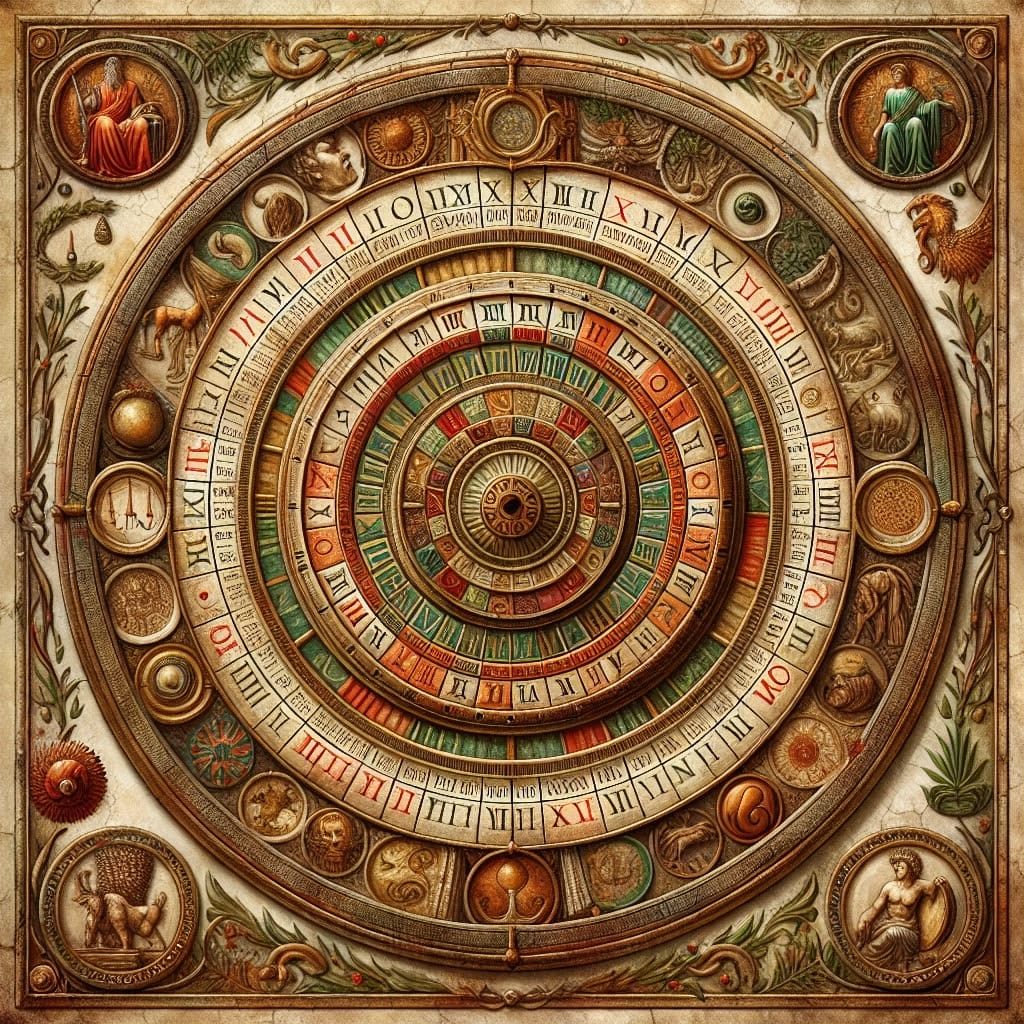
Ancient Roman Calendar Context
Quinquatria began on March 19, marking a significant period in the Roman calendar. Initially dedicated to Mars, it evolved to honor Minerva, the patroness of craftspeople and artisans. This shift underscores the festival’s role in pausing wartime activities, thereby allowing artisans to thrive.
Initial Purpose and Evolution
The festival, celebrated since 263 BCE, initially marked the vowing of a temple to Minerva. Over time, its focus expanded from a local celebration of craftsmanship to a broader acknowledgment of Minerva’s wisdom and martial prowess. During the Principate, her cult spread across the Roman Empire, merging with local deities and reflecting a more syncretic form of worship.
Minerva in Roman Mythology
Minerva, a prominent figure in Roman mythology, embodies wisdom, the arts, and war. Her attributes mirror those of the Greek goddess Athena, reflecting a shared focus on intellectual and martial prowess. As part of the Capitoline triad with Jupiter and Juno, Minerva’s influence extended deeply into Roman religious practices, illustrating her significance among the Roman pantheon. Her shrine on the Aventine Hill was a hub for guilds of craftsmen, poets, and actors, underscoring her as a patroness of the arts. “Minerva was not just a goddess of war, but a guiding force in wisdom and crafts,” noted one historian, highlighting her multifaceted role.
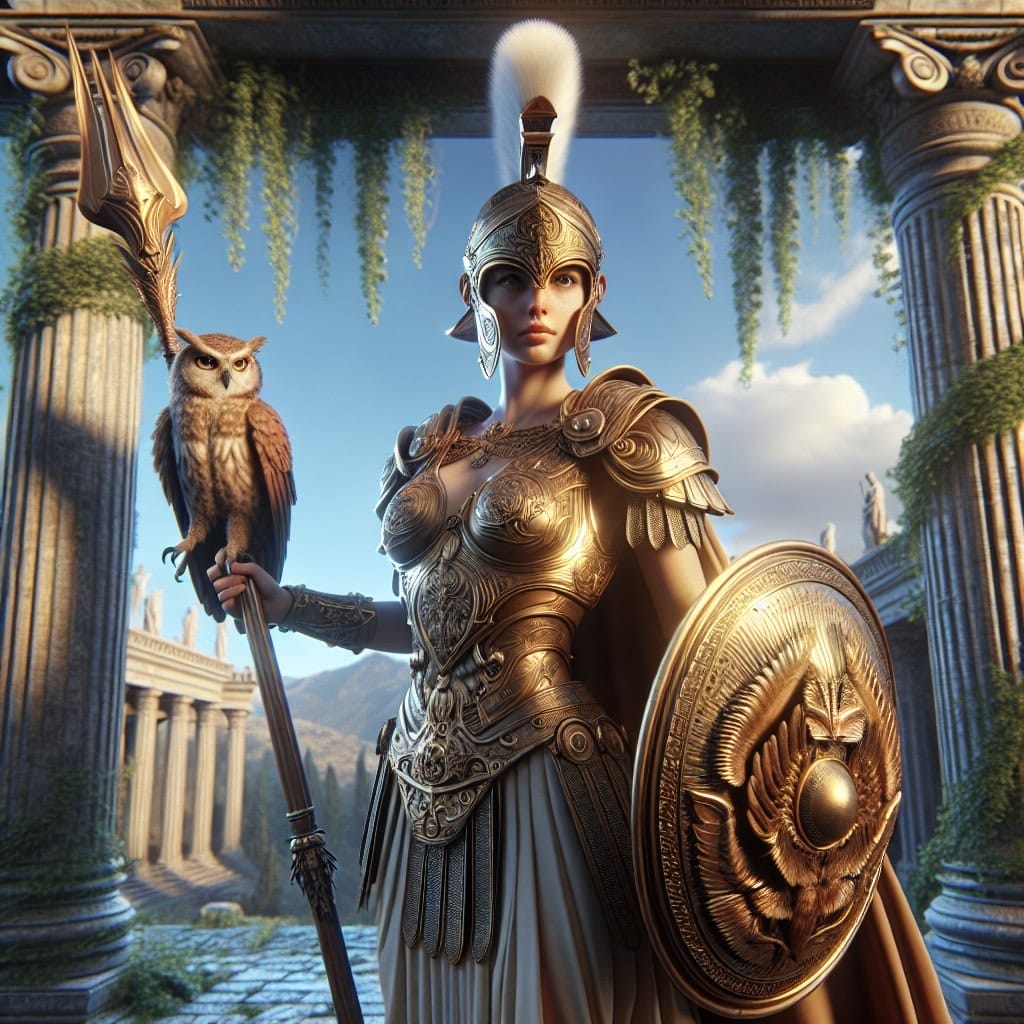
Minerva’s cultural impact was profound. Festivals like the Quinquatria celebrated her as both a bringer of skill and inspiration and a protector of soldiers. Her worship evolved over time, with temples erected across the empire, reflecting her enduring appeal. Under Emperor Domitian, her cult reached new heights, showcasing the reverence she commanded. Minerva’s legacy in Roman culture not only underscores her divinity but also marks her as a pivotal figure in Rome’s transition from a provincial power to a Mediterranean superpower.
Celebration of Quinquatria
The Quinquatria festival, held in March, was a vibrant blend of rituals and celebrations dedicated to Minerva. Key events included:
- First Day: Marked as Minerva’s birthday, with festivities devoid of bloodshed, focusing instead on joy and reverence.
- Subsequent Days: Featured circus games and entertainment, drawing crowds for communal enjoyment.
- Lustration Ceremony: A sacred rite where the Salii priests purified military equipment, ensuring divine protection for soldiers.
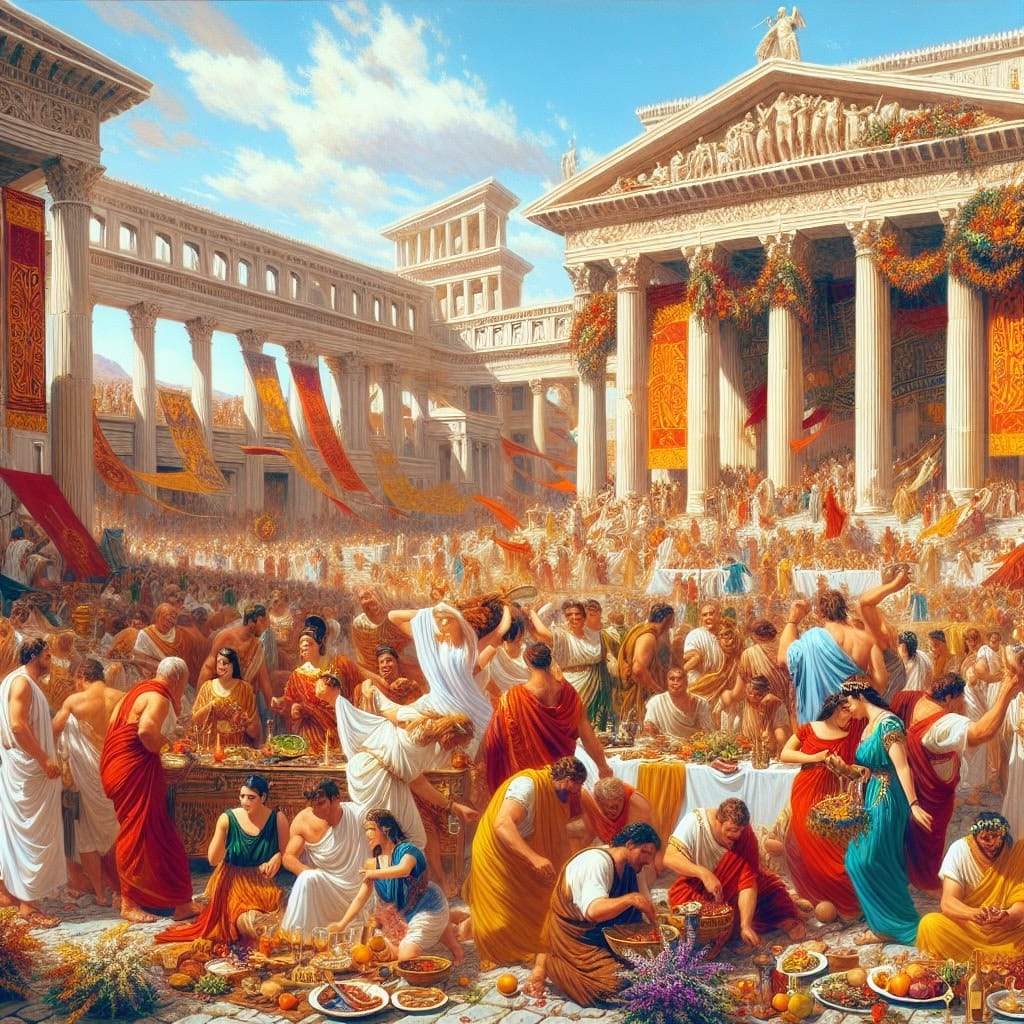
For artisans, the festival was known as ‘artificum dies,’ celebrating their craft and creativity. Soldiers, too, found significance in honoring Minerva, seeking her wisdom and martial guidance.
| Public Celebrations | Private Celebrations |
|---|---|
| Temple dedications and gladiatorial contests | Personal offerings like bread and wine |
| Musical rituals like Tubilustrium | Individual prayers for Minerva’s aid |
The festival’s dual nature of public spectacle and private devotion illustrates its profound impact on Roman society, integrating both artistry and martial prowess.
Artisans and Quinquatria
In ancient Rome, artisans were vital contributors to the cultural and economic fabric of society. These skilled craftsmen, ranging from weavers and shoemakers to painters and sculptors, were celebrated during Quinquatria, a festival that highlighted their craft and fostered community.
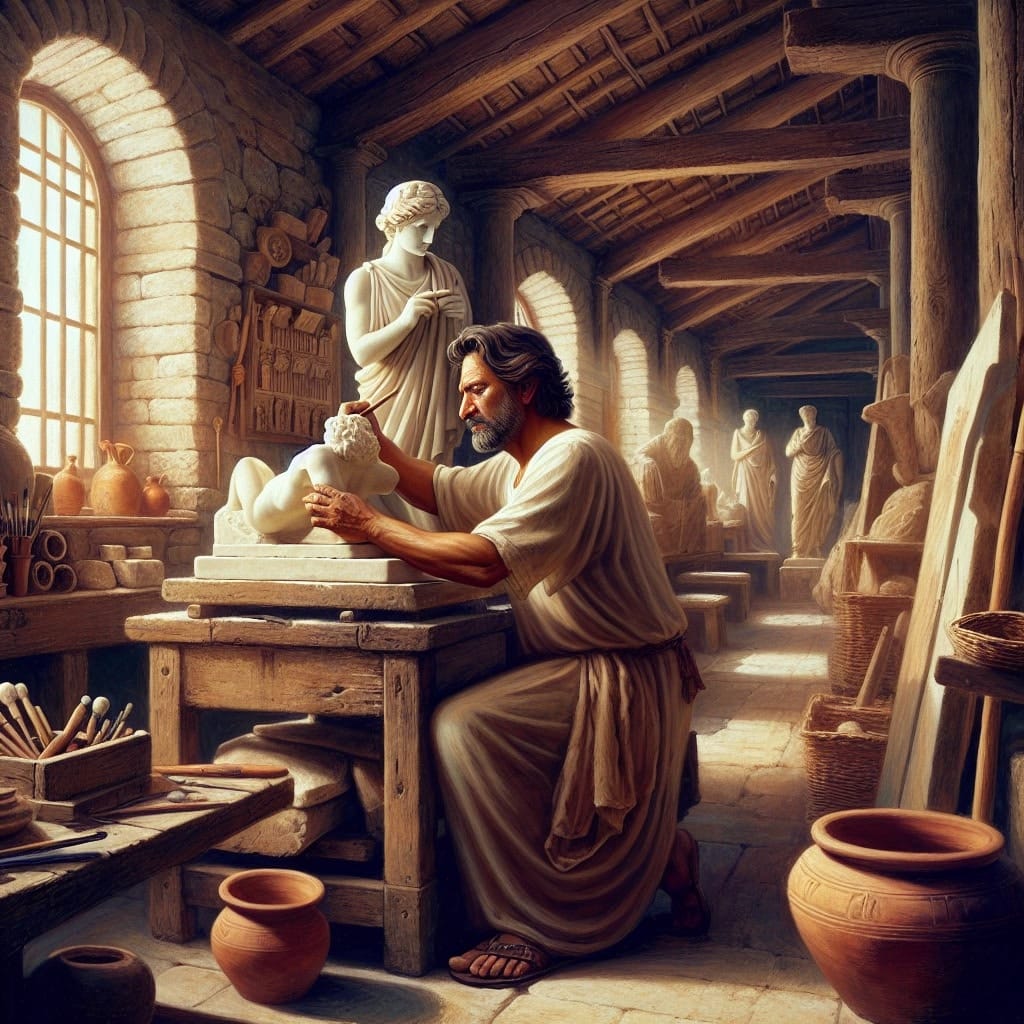
Minerva, the goddess of wisdom and arts, played a crucial role as the patron of these creative endeavors. Her influence extended across various art forms, notably:
- Weaving and Embroidery: Often depicted with a spindle, signifying mastery in textiles.
- Painting and Sculpture: Encouraged artistic expression and skillful creation, as celebrated in the festival.
The festival of Quinquatria provided a platform for artisans to showcase their talents and interact with peers. It was a time when artistic practices blossomed, influenced by Minerva’s patronage, and artworks often depicted her attributes, fostering both individual creativity and communal artistic endeavors. This cultural exchange echoed the broader societal values of wisdom and craftsmanship.
Famous artworks from this period include the frieze of Nerva’s forum, reflecting the deep connection between art and divine inspiration in Roman culture.
Soldiers and Quinquatria
Minerva, renowned as the goddess of wisdom and arts, also held a prominent place in warfare, akin to the Greek goddess Athena. Her warlike aspects were symbolized by her protective nature and strategic prowess, which appealed to Roman soldiers seeking her blessings for victory and protection.
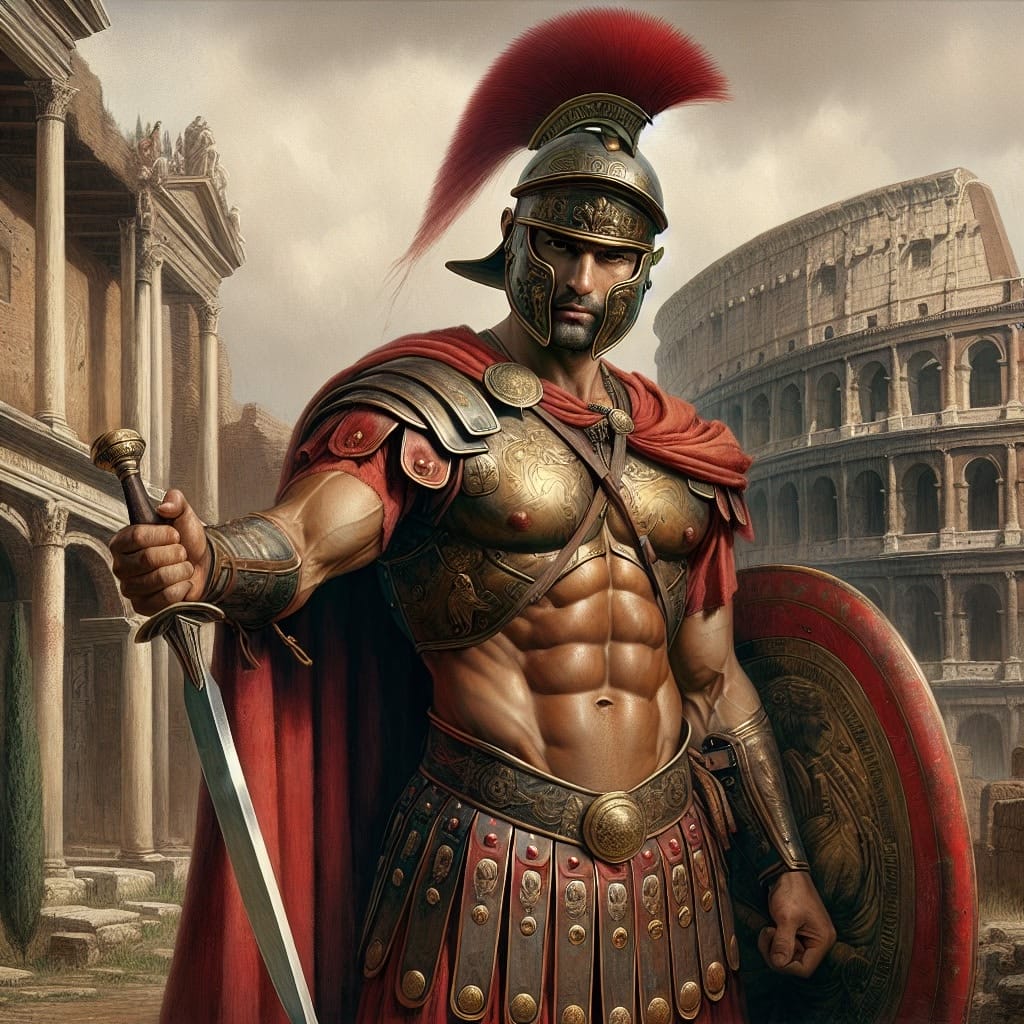
The Quinquatria festival served as a crucial time for military personnel to engage in rituals that reinforced their bond with Minerva. The festival commenced with the lustration of arms, a purification ritual performed by the priests of Mars, aimed at safeguarding the soldiers and their equipment. This was followed by days filled with games, feasting, and potentially military competitions, all fostering camaraderie and readiness for the impending campaigns.
“Minerva’s protection is our shield against the chaos of war,” a Roman soldier might reflect, encapsulating the deep spiritual and practical connection soldiers felt during Quinquatria.
Beyond festivities, Quinquatria provided soldiers the opportunity to seek divine favor, thereby enhancing morale and unity among the ranks. This cultural and religious observance was not only a celebration but a strategic preparation for the battles ahead, emphasizing Minerva’s enduring influence on military life.
Quinquatria and Roman Society
The festival of Quinquatria was a vibrant reflection of Roman society’s dual appreciation for both intellectual pursuits and military might. As a celebration honoring Minerva, it underscored the Roman admiration for wisdom and craftsmanship. This festival seamlessly integrated elements of art and war, showcasing how these aspects were intertwined in Roman culture.
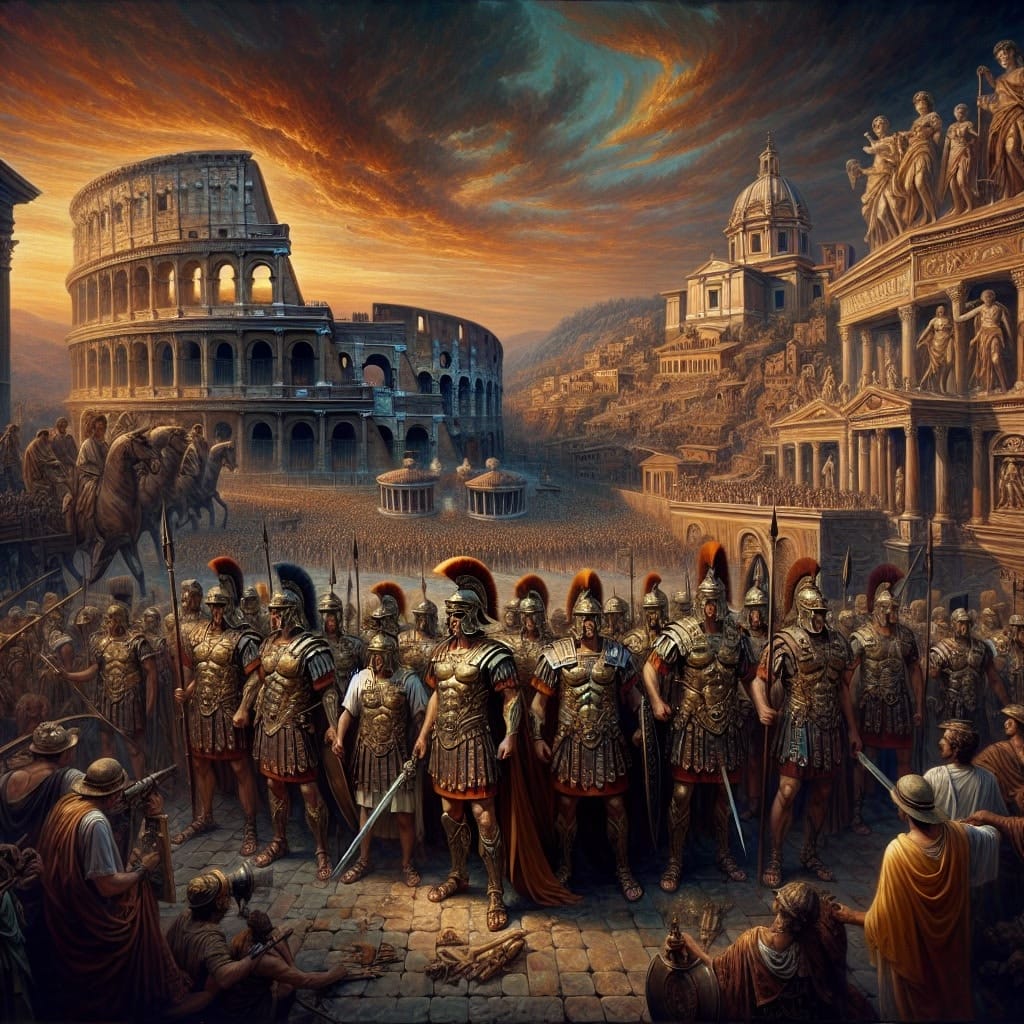
The integration of arts and warfare is evident in how military victories were often celebrated through grand artistic expressions and public spectacles. These events were more than just displays of power; they were celebrations that engaged the populace and reinforced cultural identity. Artisanship, another central theme of Quinquatria, highlighted the value Romans placed on skilled labor and intellectual growth, as seen in the societal emphasis on education and mentorship.
Moreover, Quinquatria embodied societal values such as community bonding and cultural adaptability, as the festival brought together diverse groups to honor shared traditions. This adaptability is further illustrated by Minerva’s fusion with local deities, reflecting Rome’s embrace of cultural diversity. Ultimately, Quinquatria served as a microcosm of Roman society, celebrating a rich tapestry of values including craftsmanship, knowledge, and the strategic balance between martial prowess and intellectual achievement.
Traditions and Customs
The festival of Quinquatria was rich with unique customs that showcased Roman values and cultural priorities. One of the key traditions was the halting of warfare, allowing for a period of peace and reflection. This pause in military activities highlighted the significance of balance between war and societal values.
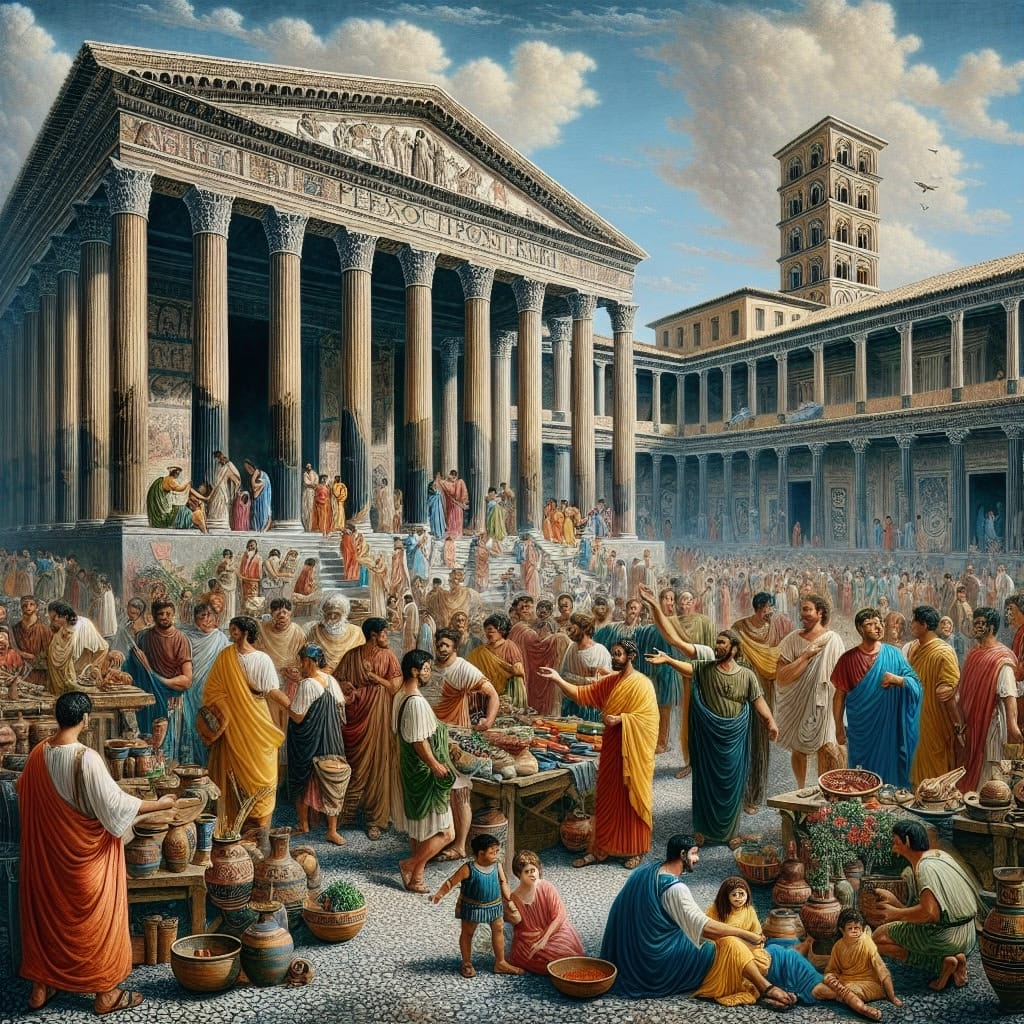
Quinquatria was also known for its vibrant public spectacles, including gladiatorial games and sacrifices. These events were not only religious in nature but also served as a means of community engagement and entertainment, reflecting the Roman love for public gatherings and social interaction.
- Artisan Celebrations: Known as ‘artificum dies,’ this day celebrated craftsmen and trades, emphasizing the importance of skilled labor.
- Cultural Integration: The spread of Minerva’s cult and fusion with local deities, like Sulis in Roman Britain, illustrate the adaptability and cultural influence of Roman traditions.
- Educational Impact: The focus on learning and arts during Quinquatria underscores its lasting legacy in promoting education and intellectual pursuits.
These traditions have left a legacy that continues to influence modern festivals and cultural practices, extending Rome’s cultural reach far beyond its historical boundaries. Quinquatria remains a testament to the enduring impact of Roman societal values on craftsmanship, community bonding, and the quest for knowledge.
Artistic Representations of Quinquatria
The festival of Quinquatria left an indelible mark on Roman art and literature, reflecting the deep cultural significance of Minerva’s attributes. Artists and writers vividly depicted the essence of the festival, showcasing the intertwining of intellectual and military pursuits that characterized Roman society.
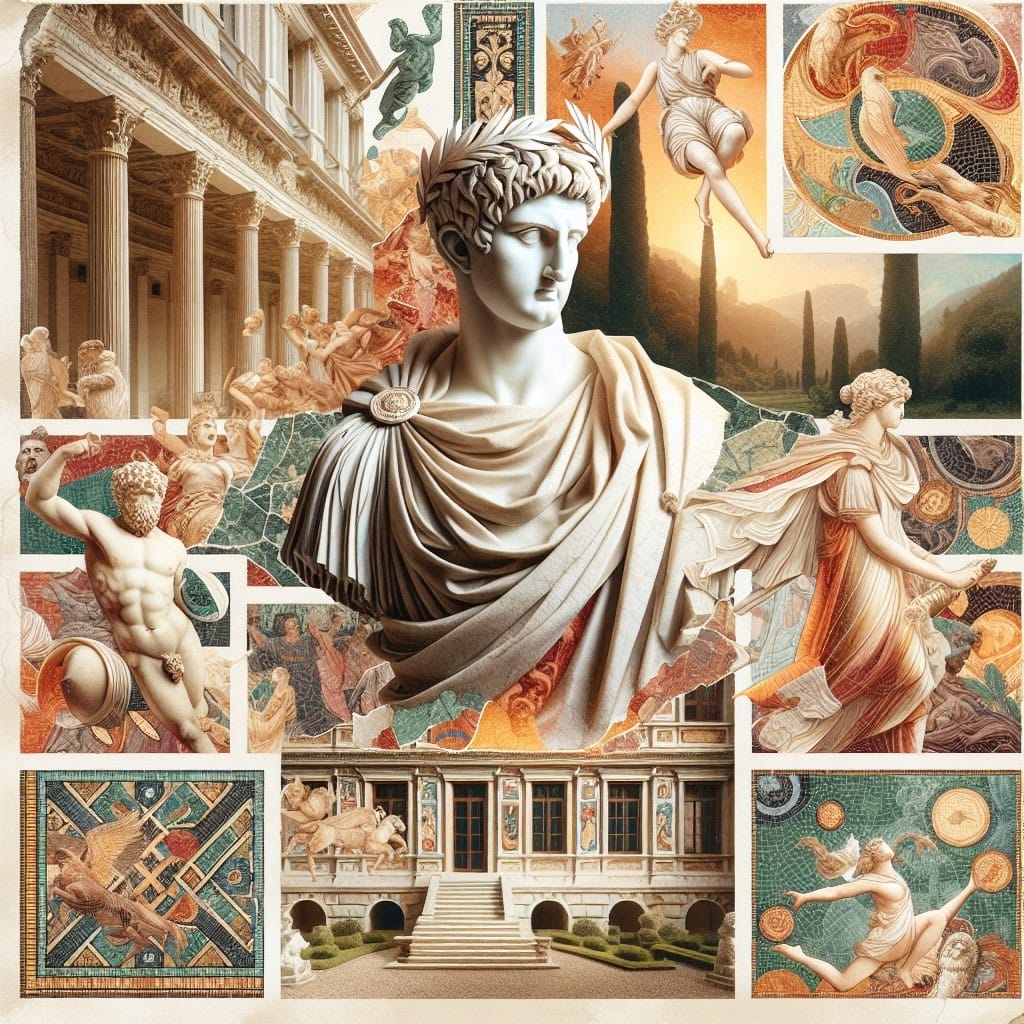
In Roman art, Minerva was often portrayed with her iconic helmet and shield, symbolizing her role as a protector and patroness of wisdom and warfare. These depictions not only celebrated her divine attributes but also served as political propaganda, emphasizing the strength and wisdom of the Roman Empire. Monumental sculptures and mosaics often featured these themes, reinforcing the cultural and societal ideals of the time.
- In literature, Ovid’s “Fasti” provides a detailed account of Quinquatria, highlighting the festival’s rituals and significance.
- Virgil’s “Aeneid” references Minerva’s influence, underscoring her role in guiding warriors and artisans alike.
The influence of Quinquatria extended beyond Rome, inspiring later artistic works that continued to explore the themes of wisdom and valor. These representations not only celebrated Minerva but also immortalized the values she embodied, influencing art and culture for generations to come.
Military Significance of Quinquatria
Minerva, the goddess honored during Quinquatria, played a crucial role in shaping Roman military tactics and strategies. As a deity of wisdom and warfare, her influence was seen in the Roman emphasis on strategic thinking and disciplined approaches in battle. Her guidance was believed to lead to victory, making her an essential figure in military training and preparation. Quinquatria provided an opportunity for soldiers to seek Minerva’s blessings, ensuring their tactics were not just brute force but intelligently executed.
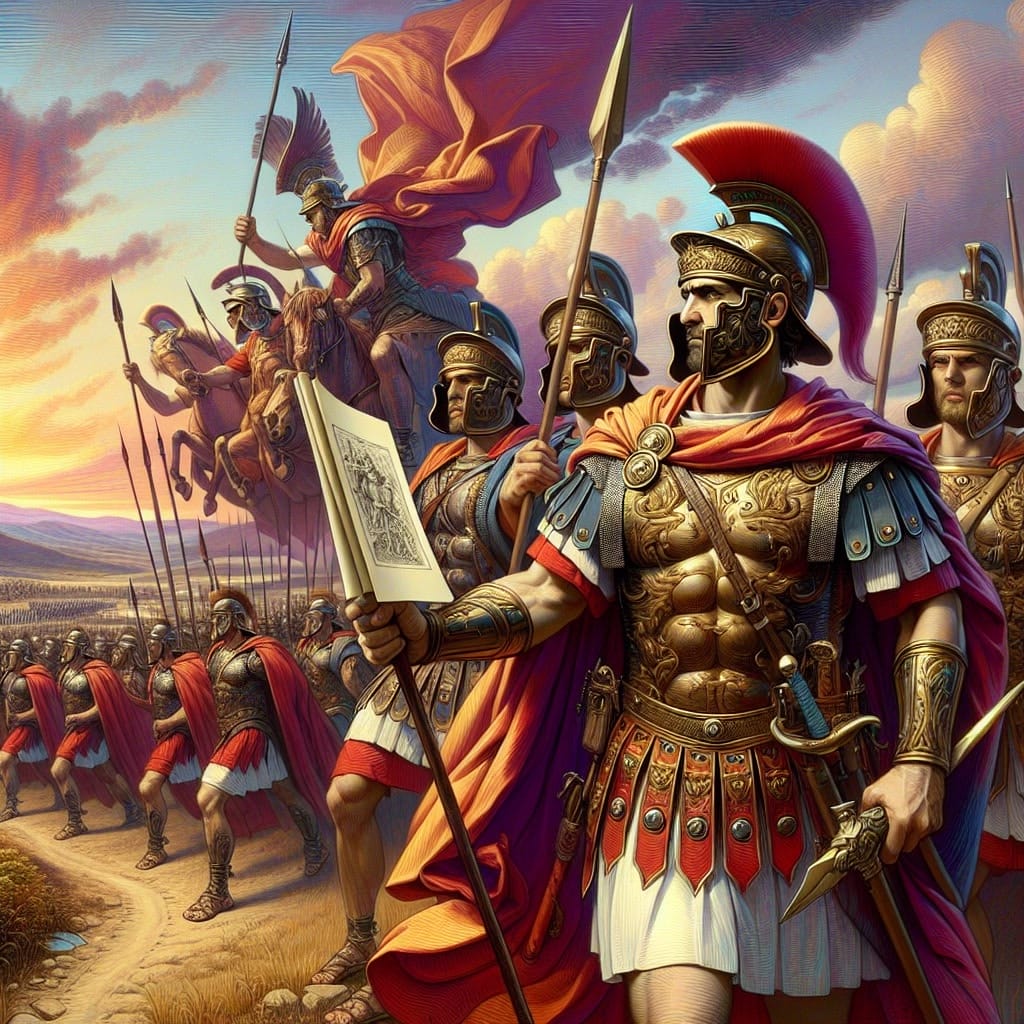
The festival also served as a period of military training, where soldiers would hone their skills under Minerva’s watchful eye. These practices fostered a culture of strategic excellence, necessary for the Roman army’s success. Additionally, several historical battles, where Minerva’s presence was invoked, underscored the strategic importance of her guidance.
| Battle | Significance |
|---|---|
| Battle of Lake Regillus | Legendary victory attributed to divine intervention by Minerva. |
| Battle of Veii | Successfully employed strategic siege tactics inspired by Minerva. |
Thus, Quinquatria not only celebrated Minerva’s role in arts and wisdom but also solidified her as a pivotal influence in the martial prowess of Rome.
Legacy of Quinquatria
The festival of Quinquatria left a lasting imprint on Roman culture by intertwining art and military prowess with societal values. Its celebration of craftsmanship and intellectual pursuits reflects a deep-seated Roman appreciation for education and skilled labor. The festival not only honored Minerva but also underscored the balance between strength and wisdom, a duality that defined Roman identity.
In modern times, the echoes of Quinquatria can be seen in festivals that blend cultural appreciation with communal gatherings. Events like art fairs and cultural festivals continue this tradition, emphasizing the importance of community engagement and the celebration of artistic achievements.
Historically, Quinquatria’s impact extends beyond its immediate celebration. It has been a subject of scholarly interest, offering insights into Roman societal values and priorities. By examining the festival, historians gain a deeper understanding of how Romans integrated intellectual and military pursuits, shaping their cultural landscape.
Ultimately, Quinquatria’s legacy is a testament to the enduring importance of balancing intellectual growth with military strength, a concept that remains relevant in discussions of cultural and educational development today.
Conclusion
The festival of Quinquatria stands as a testament to the dual appreciation of arts and military prowess in Roman culture. Celebrated over five days, it honored Minerva, the goddess who symbolized wisdom, crafts, and war. This festival highlighted the Romans’ commitment to education, skilled labor, and community bonding, showcasing a society that valued both intellectual and practical pursuits.
Key aspects such as the interruption of warfare for peaceful reflection, and the integration of military victories into art and public celebrations, underscored the balance between martial strength and cultural achievement. Minerva’s enduring legacy continues to inspire modern interpretations of festivals that blend cultural appreciation with communal engagement.
Frequently Asked Questions
What is the Quinquatria festival? Quinquatria is a five-day Roman festival celebrated from March 19 to 23, dedicated to Minerva, the goddess of wisdom, arts, and war. Initially, it honored Mars but evolved to focus on Minerva, reflecting Roman values of craftsmanship and education. For more details, you can explore this source.
Are there any myths associated with Quinquatria? A common myth is that Quinquatria was solely a military-focused festival. While it did involve martial elements, it primarily celebrated artisanship and education, highlighting Minerva’s patronage of the arts and crafts. Read more about the integration of arts and military pursuits.
Where can I find more information about Quinquatria? For a deeper understanding of Quinquatria’s cultural implications, you can visit the Italian Art Society or analyze scholarly discussions in related articles. These resources provide insights into the festival’s societal impact and historical evolution.

